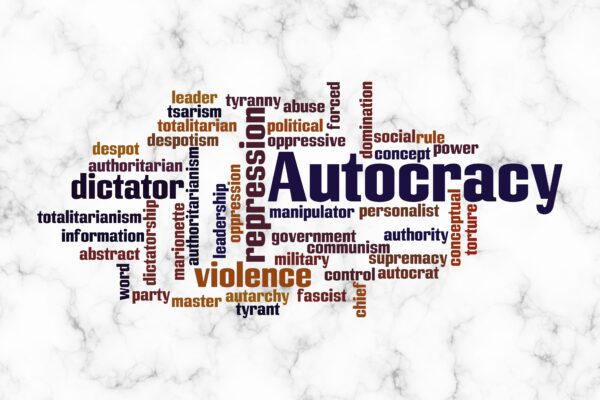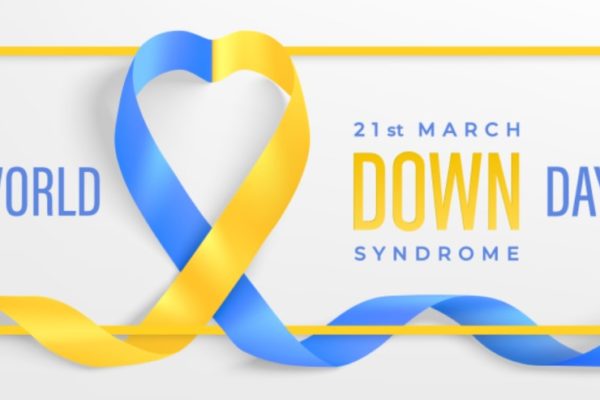On the front of the US one dollar bill are the words “In God we Trust”. At this time of year, those words evoke a memory of the scene in the film Miracle on 34th Street where a judge finds that the people’s belief in something without proof of existence can be paralleled to belief of something else, in this case Santa Claus. It was as if the sentiment reflected a sense of cohesion around a common theme, in this case trust. This is something we see extensively within the world of investment: The London Stock Exchange’s motto – Dictum Meum Pactum or ‘my word is my bond’ or the concept of fiduciary – acting in the best interests of another.
Whilst we spend plenty of time concerning ourselves with the checks and balances to ensure we act in compliance with the interests of those on whose behalf we are investing, we cannot escape the fact that the bedrock of that relationship is one of trust.
The relationship of trust in finance could be visualised as a chain, with each link a participant in the process. It is a linear relationship, with the durability of the entire chain is reliant on the strength of each link. This has existed for hundreds of years. Regrettably, there have been all too many examples where the chain has been broken, either through accidental neglect or plain fraud. With each incident we have learnt and tried to put measures in place to ensure a similar event could not happen again.
As I read The Economist’s ‘World Ahead 2022’ a piece entitled ‘High five DeFi’[i] it would seem that linear relationship of actors in the system; each with a trust relationship between them, is being replaced by what might be termed a ‘democratised trust’. In other words, people are wary of relying on the integrity of one individual (or indeed institution), but happy to assume that people will behave appropriately when acting in concert. What I am referring to is the growth of Blockchain as the mechanism to facilitate transactions. Think old linear style – a single ledger held in trust by the individual or institution – with each transaction debited on one ledger with the flipside of the transaction reflected on the credit side of another ledger. Now think Blockchain with that process being replicated thousands of times over, just for that one transaction. Not trusting in one, but trusting in the many.
The Economist article refers to decentralised finance or ‘DeFi’ and paints three scenarios for the adoption of the technology – first, that envisages it simply facilitating a payment system; second, DeFi merging with conventional finance; third, ‘the development of a real economy on top of blockchain’. Although the likes of Blockchain and cryptocurrency are growing massively, it might be argued that they are doing so within their own ecosystem. I don’t think existing on the periphery will last for long and we will soon the emergence of a completely new way of doing business that embraces this technology into all we do.
[i] The Economist, World Ahead 2022, High five DeFi, p.123-124






